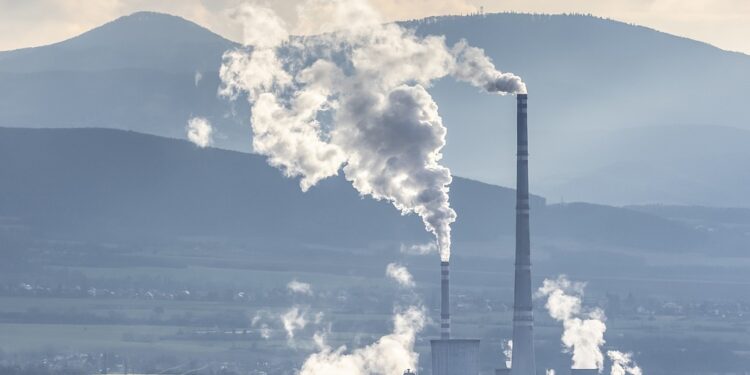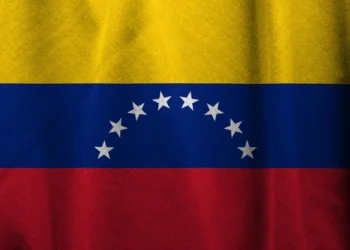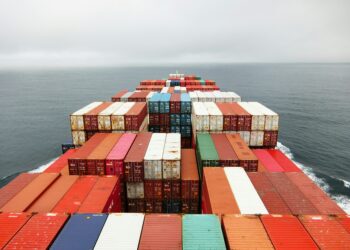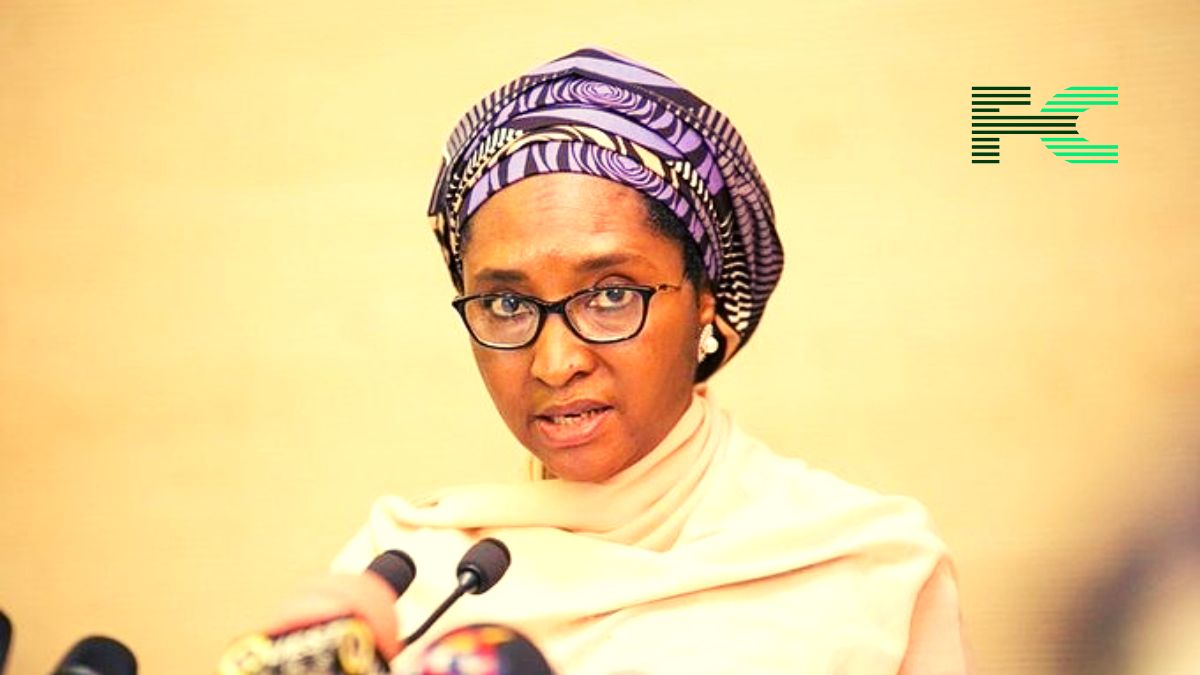Australia and Britain have slammed the door on carbon offsets, dismissing them as little more than greenwashing, Singapore has doubled down. The city-state, lacking the vast land needed for large-scale renewable energy projects, has found a loophole, invest in other countries’ carbon-cutting initiatives.
Why It Matters
On Thursday, Singapore’s state-backed investment firm, GenZero, announced a shiny new partnership with Rwanda to create carbon credits to “offset” emissions. This deal, involving GenZero, the Rwanda Green Fund, and Gold Standard (a carbon certification body), is presented as a beacon of hope under the ever-so-ambiguous Article 6 of the Paris Agreement.
For the uninitiated, Article 6 allows countries to meet their climate targets by paying for carbon reduction projects in other nations. It’s the climate version of outsourcing, where Singapore throws money at Rwanda to do the heavy lifting while keeping their environmental credentials squeaky clean. But wait, didn’t we mention that this same tactic has been torn apart by critics? The idea of “offsetting” emissions instead of directly reducing them has long been seen as a way for rich nations to avoid meaningful climate action.
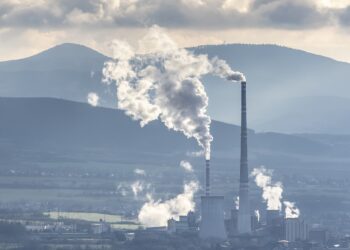
Still, Singapore marches on. Frederick Teo, CEO of GenZero (a wing of Temasek, Singapore’s state investment fund), said the firm will review potential projects in Rwanda over the coming months. These could range from nature-based solutions, like restoring forests, to technology-based ones like improved waste management. In theory, it sounds great, but let’s not forget — it’s all about optics.
What They Are saying
Singapore’s approach under Article 6 doesn’t stop with Rwanda. They’ve already cozied up to Laos, the Philippines, Ghana, and Papua New Guinea through memoranda of understanding or “legally binding implementation agreements.” Deals with Bhutan, Paraguay, and Vietnam are also in the bag, according to Ravi Menon, Singapore’s Ambassador for Climate Action. It seems Singapore is busy collecting carbon credit IOUs from developing nations.
And why wouldn’t they? The tiny, densely populated island nation can offset up to 5% of taxable carbon emissions by purchasing credits through these Article 6 agreements. For a place that can’t afford the space for sprawling wind farms or solar fields, paying others to cut emissions sounds like the next best thing.
The global climate community is still fighting over what this Article 6 really means. After all, negotiations on how a U.N.-regulated carbon market should operate have been stuck in limbo. Last year’s COP28 talks in Dubai ended without a final agreement. Now, all eyes are on the upcoming COP29 summit in Azerbaijan this November, where Article 6 will take center stage once again.
Bottom Line
Yet, concerns about sovereignty hang in the air. Countries engaging in these bilateral deals may find themselves handing over more control than they bargained for. Should a U.N.-regulated carbon market ever materialize, these deals could face serious scrutiny.

